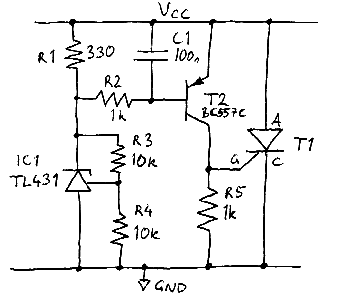kiks
Member level 1
What is the best way to protect circuits from overvoltage. I recently had a case where a 5vdc switching power supply failed and went up to 9vdc. This fried the circuit boards that it supplied. MOVs might be a bit slow ,I think. Any ideas, circuits etc will be appreciated. The circuits boards are supplied with 24vdc and 5vdc from seperate switching power supplies.
Thanks in advance
:smile:
Thanks in advance
:smile:
